Home>Garden Essentials>How Are Seeds Dispersed
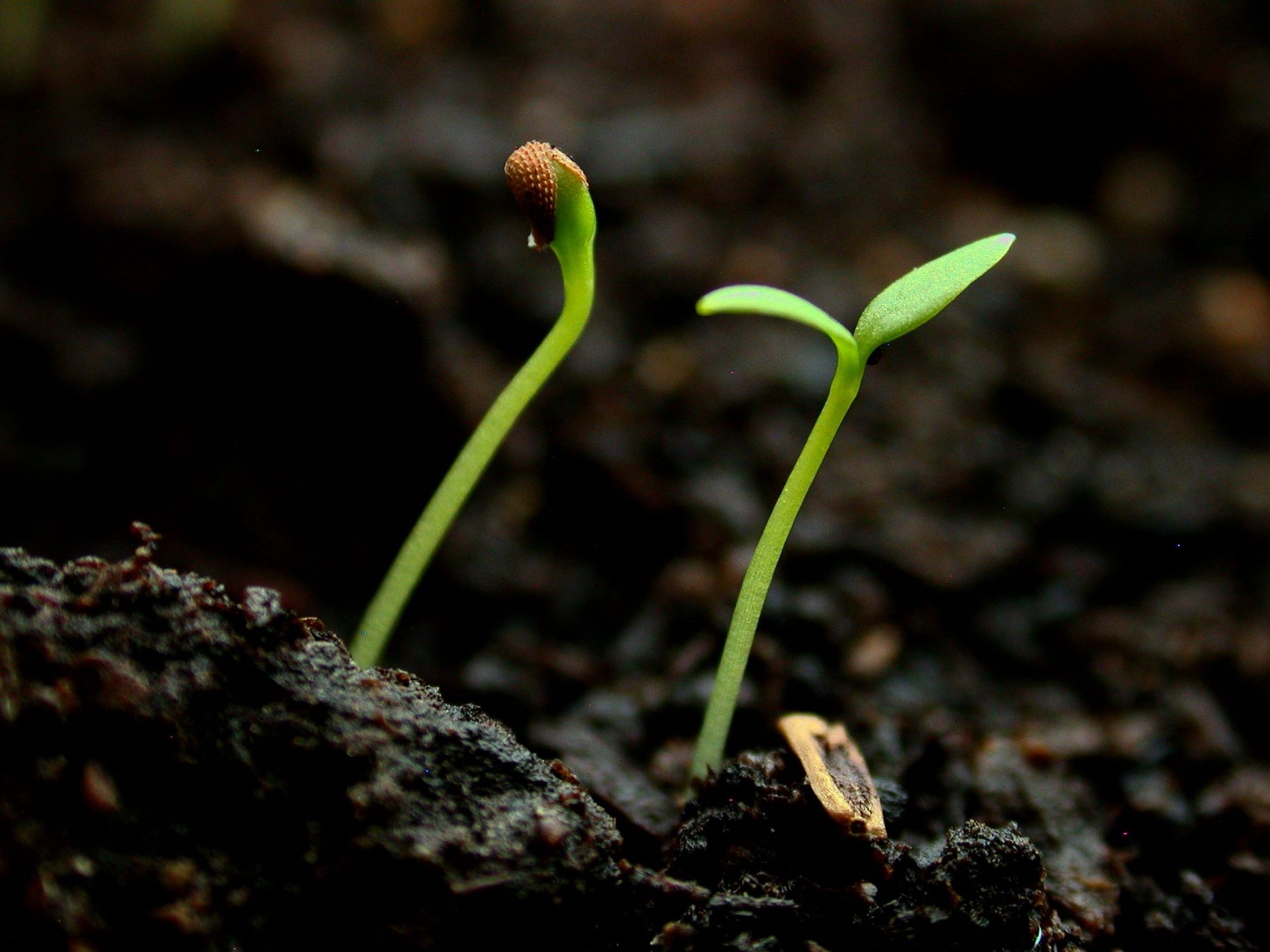

Garden Essentials
How Are Seeds Dispersed
Modified: August 20, 2024
Discover the fascinating ways seeds are dispersed in the gardening world. Explore the various methods of seed dispersal and enhance your garden's growth and diversity.
(Many of the links in this article redirect to a specific reviewed product. Your purchase of these products through affiliate links helps to generate commission for Storables.com, at no extra cost. Learn more)
Introduction
Gardens are not only a source of beauty and tranquility, but they also play a vital role in the cycle of life. At the heart of every garden lies the humble seed – a tiny, wondrous package containing the potential for new life. But have you ever wondered how these seeds find their way to new locations, far from their parent plants?
Seed dispersal is a fascinating process that ensures the survival and distribution of plants. It is nature’s way of allowing plants to colonize new habitats, escape competition, and propagate their species. There are several mechanisms by which seeds are dispersed, and each method has evolved over time to suit the needs of different plant species.
In this article, we will explore the diverse world of seed dispersal, uncovering the amazing ways in which plants ensure their offspring reach suitable environments to germinate and grow.
Key Takeaways:
- Plants have amazing ways to spread their seeds, like using the wind, water, animals, or even exploding seedpods. This helps them grow in new places and keeps plant communities healthy.
- Seed dispersal is crucial for plants to survive and for ecosystems to stay balanced. It also helps with habitat restoration and supports the diversity of plant species.
Read more: Why Is Seed Dispersal Important
Types of Seed Dispersal
Seed dispersal can be classified into four main methods: wind dispersal, water dispersal, animal dispersal, and mechanical ejection. Each method has its own unique characteristics and advantages, allowing plants to colonize diverse habitats and increase their chances of survival.
1. Wind Dispersal
Wind dispersal, also known as anemochory, is one of the most common and effective methods of seed dispersal. Plants that rely on wind dispersal produce lightweight seeds with adaptations that enhance their airborne movement. These adaptations include structures like wings, feathery structures, or plumed tufts that enable the seeds to be carried over long distances by even the slightest breeze.
Examples of plants that employ wind dispersal include dandelions, maple trees, and cottonwood trees. When the seeds of these plants are mature, they are released into the air and carried away to new locations, where they have the opportunity to germinate and grow.
2. Water Dispersal
Water dispersal, or hydrochory, is another effective method of seed dispersal. Plants that inhabit aquatic or riparian environments have adapted to disperse their seeds through water sources like rivers, streams, or oceans. These seeds are often buoyant and can float on the water’s surface for extended periods, allowing them to be transported far away from their parent plants.
Coconut palms are a classic example of plants that rely on water dispersal. The large fruits of the coconut palm contain a hard, buoyant seed that can survive long journeys at sea. When these seeds wash up on shore, they have the opportunity to germinate and give rise to new coconut palms.
3. Animal Dispersal
Animal dispersal, known as zoochory, occurs when seeds are carried and dispersed by animals. This method of seed dispersal can be further divided into two categories: endozoochory and epizoochory.
Endozoochory refers to seeds that are consumed by animals and pass through their digestive systems. As the seeds pass through the animal’s digestive tract, they may undergo certain modifications that enhance their germination potential. Animals like birds, bats, and some mammals, such as bears and squirrels, play essential roles in the endozoochory process.
Epizoochory, on the other hand, refers to seeds that become attached to the fur, feathers, or exoskeleton of animals and are transported to new locations. Burrs, which often cling to the fur of animals, are a classic example of seeds that utilize epizoochory for dispersal.
Read more: How Do Plants Disperse Their Seeds
4. Mechanical Ejection
Mechanical ejection, or explosive dispersal, occurs when seeds are propelled away from the parent plant using mechanical force. This method often involves the rapid release of stored energy, resulting in the expulsion of seeds at high velocities.
Plants such as touch-me-nots, also known as sensitive plants, employ mechanical ejection as a means of dispersing their seeds. When the seedpods of these plants mature, they develop tension that causes them to burst open, flinging the seeds into the surrounding area.
These four methods of seed dispersal, wind, water, animal, and mechanical ejection, are remarkable adaptations that allow plants to conquer new territories and flourish in various environments. Understanding these mechanisms gives us a deeper appreciation for the intricate ways in which nature ensures the survival and proliferation of plant species.
Dispersal by Wind
Dispersal by wind, also known as anemochory, is a fascinating method employed by many plants to spread their seeds far and wide. This method is particularly effective in open habitats where there is a steady breeze or strong wind currents.
Plants that rely on wind dispersal have evolved unique adaptations to ensure their seeds can be carried over long distances. One of the most common adaptations is the production of lightweight seeds. These seeds are often small in size and have structures that aid in their aerial movement.
One common adaptation is the presence of wings or feathery structures. These wings or feathery appendages increase the surface area of the seed, allowing it to catch the wind and be carried away. Plants like maples, commonly known as “helicopter seeds,” have samaras that feature wings that rotate as they fall, facilitating a slow and controlled descent.
Another adaptation is the production of plumed tufts. These tufts are composed of fine, hair-like structures that form a parachute-like structure around the seed. This feather-like structure ensures that the seed remains buoyant in the air, increasing its chances of being carried to new locations. Dandelions are a prime example of plants that employ this method of seed dispersal. The seeds of the dandelion are attached to a fluffy white structure known as the pappus, which assists in wind dispersal.
Wind-dispersed seeds are often produced in large quantities to maximize the chances of successful dispersal. Plants that rely on wind dispersal may produce thousands or even millions of seeds to compensate for the unpredictable nature of wind currents and ensure that at least some seeds successfully reach suitable habitats.
The success of wind dispersal also relies on the height at which the seeds are released. Many plants have adaptations that allow them to elevate their seeds above the ground to catch wind currents more effectively. Tall plants, such as grasses and some trees, produce their seeds on stalks or inflorescences that elevate the seeds into the air.
Overall, dispersal by wind is an efficient method for plants to colonize new territories and reach habitats far away from their parent plants. The lightweight seeds, winged structures, plumed tufts, and high seed production all contribute to the success of wind dispersal. Next time you see a dandelion seed floating through the air or a maple seed twirling in a breeze, take a moment to appreciate the incredible journey these seeds are embarking on, thanks to the power of the wind.
Dispersal by Water
Dispersal by water, also known as hydrochory, is a remarkable method utilized by numerous plants to transport their seeds across bodies of water. This method is particularly advantageous for plants that inhabit aquatic or riparian environments.
Plants that rely on water dispersal have developed adaptations to ensure that their seeds can float and remain viable during their journey in water. One of the key characteristics of water-dispersed seeds is their buoyancy. These seeds are typically lightweight and possess structures that allow them to float on the water’s surface.
Many water-dispersed seeds have air-filled cavities or structures like aerenchyma, which helps the seed remain buoyant. This buoyancy allows the seeds to be carried by water currents over long distances, allowing for colonization of new habitats.
Coconuts serve as an iconic example of plants that rely on water dispersal. The coconut palm produces large fruits with hard, fibrous husks and a single seed inside. The buoyant nature of the seed allows it to float on ocean currents and be transported over vast distances. When these seeds eventually wash up on shore, they have the opportunity to germinate and establish new coconut palms.
In addition to open water bodies, water-dispersed seeds can also be conveyed by smaller bodies of water, such as rivers and streams. Plants growing along riverbanks or near lakeshores can release their seeds into the water, where they may be carried downstream to new locations.
The success of water dispersal is dependent on the viability of the seeds during their journey through water. Many water-dispersed seeds have protective coatings or structures that prevent water absorption and maintain their viability. This adaptation allows the seeds to stay afloat for extended periods and remain capable of germination upon reaching suitable conditions.
Water dispersal is not only crucial for plants in aquatic environments, but it also plays a role in the distribution of plant species along river systems and coasts. This method allows plants to colonize new areas, establish populations, and diversify the genetic makeup of plant communities.
Next time you’re near a body of water, take a moment to appreciate the incredible journey of water-dispersed seeds. Whether it’s a coconut riding the waves or a seed drifting along a river, these seeds demonstrate the remarkable adaptability of plants and their ability to conquer diverse habitats with the help of water currents.
Dispersal by Animals
Dispersal by animals, also known as zoochory, is a fascinating method employed by numerous plants to transport their seeds with the assistance of animals. This method relies on the movement and behavior of animals to carry seeds to new locations, allowing plants to colonize diverse habitats.
Zoochory can be further classified into two main categories: endozoochory and epizoochory.
Read more: What Do Gymnosperms Use To Disperse Seeds
1. Endozoochory
Endozoochory refers to the dispersal of seeds via ingestion and subsequent passage through the digestive tract of animals. Many fruit-bearing plants have evolved to entice animals with fleshy, nutritious fruits in order to consume them and disperse their seeds.
When animals consume fruits, the seeds often survive the journey through the animal’s digestive system. This process can be advantageous for the seeds, as it softens the seed coat and may aid in seed germination. As animals move about and eventually excrete the seeds, they can be deposited in new environments where they have the potential to germinate and grow.
Birds play a significant role in endozoochory as they consume a wide variety of fruits. They typically have a fast digestive system, which allows for the rapid passage of seeds through their systems. Some bird species, such as the cedar waxwing or the European starling, are known as “fruit dispersers” due to their fondness for fruits and their ability to carry seeds over long distances.
In addition to birds, various mammals also contribute to endozoochory. Bears, for example, consume berries and fruits and distribute the seeds through their scat. Squirrels and rodents also play a role in seed dispersal by caching seeds for future consumption and sometimes forgetting them, allowing the seeds to germinate.
2. Epizoochory
Epizoochory refers to the dispersal of seeds by attaching to the external surfaces of animals. In this method, seeds cling to the fur, feathers, or exoskeleton of animals, allowing them to be transported to new locations.
Burrs are a classic example of seeds that utilize epizoochory for dispersal. These seeds have hooks, barbs, or spines that enable them to adhere to the hairs or feathers of passing animals. As animals move about, the burrs become detached and can be deposited in other locations.
Plants employing epizoochory often produce seeds with adaptations that increase their chances of attachment, such as structures that easily catch onto animal fur or feathers. This method of seed dispersal is common among plants in grasslands and wooded areas where animal movement is prevalent.
Both endozoochory and epizoochory play critical roles in plant reproduction and the establishment of new populations. The movements of animals aid in the dispersal of seeds to suitable germination sites, promoting genetic diversity and enabling plants to colonize a wider range of habitats.
Next time you come across a bird enjoying a meal of berries or find burrs attached to your clothes after a walk in nature, remember the vital role animals play in dispersing seeds. Through endozoochory and epizoochory, animals become unwitting partners in the cycle of plant life, ensuring the survival and distribution of diverse plant species.
Dispersal by Mechanical Ejection
Dispersal by mechanical ejection, also known as explosive dispersal, is a fascinating method utilized by certain plants to propel their seeds away from the parent plant using mechanical force. This method involves the rapid release of stored energy, launching the seeds into the surrounding environment.
Plants that employ mechanical ejection have evolved specialized mechanisms to achieve seed dispersal. These mechanisms often involve the buildup of tension or pressure within the plant, followed by a rapid release of energy that propels the seeds away.
One example of mechanical ejection is found in touch-me-not plants, also known as sensitive plants. When these plants reach maturity, their seedpods develop tension as they dry out. When the seedpods are touched or disturbed, they burst open, flinging the seeds into the air. The sudden release of tension in touch-me-not plants is a remarkable adaptation that ensures the dispersal of seeds within a short distance.
Other plants, such as jewelweed or impatiens, utilize a similar mechanism of seed dispersion. The seedpods of these plants are under tension and can explosively burst open when brushed or touched, expelling the seeds forcefully. This sudden ejection helps to disperse the seeds away from the parent plant, reducing competition and allowing for colonization of new areas.
Some plants employ specialized structures to aid in mechanical ejection. For example, the fruit of the catapult plant, which is also known as the sandbox tree, contains chambers filled with explosive liquids. When the fruit matures and dries out, the pressure increases within the chambers. Eventually, the fruit ruptures, forcefully expelling the seeds with an audible popping sound. The seeds are launched at high speeds and can travel significant distances from the parent plant.
The ability of plants to disperse their seeds through mechanical ejection is a remarkable adaptation that ensures the colonization of new habitats. By launching their seeds away from the parent plant, these plants reduce competition and increase the chances of seed germination and survival.
This method of seed dispersal is particularly advantageous in dense vegetation or shaded areas where other dispersal methods may be ineffective. Mechanical ejection allows plants to reach open areas or gaps in the vegetation where there is access to sunlight and resources for growth.
Next time you encounter a touch-me-not plant with its sensitive seedpods or witness the explosive release of seeds from a catapult tree, appreciate the remarkable strategy these plants employ to disperse their offspring. Mechanical ejection is a fascinating example of nature’s ingenuity and adaptation in ensuring the successful dispersal and establishment of plant species in a range of environments.
Benefits and Importance of Seed Dispersal
Seed dispersal plays a vital role in the survival, diversity, and distribution of plant species. This process allows plants to colonize new habitats, escape competition with parent plants, and promote genetic diversity. Here are some key benefits and the importance of seed dispersal:
Read more: How To Germinate Grape
1. Colonization of New Habitats:
Seed dispersal enables plants to colonize new territories and habitats that may be more suitable for their growth and survival. By reaching new locations, plants have the opportunity to establish populations in areas with different environmental conditions, such as varying climates or soil types.
2. Escape from Competition:
Seed dispersal helps plants avoid competition with parent plants and other nearby individuals. When seeds are dispersed to new locations, they have a better chance of finding resources and space without being crowded or overshadowed by existing vegetation. This allows for more optimal growth and survival of the offspring.
3. Genetic Diversity:
Seed dispersal promotes genetic diversity within plant populations. When seeds are dispersed over larger distances, they have the opportunity to intermix with seeds from other parent plants. This genetic exchange increases the chances of beneficial genetic traits, such as disease resistance or adaptations to changing environments, being present in the population.
4. Habitat Restoration and Succession:
Seed dispersal is crucial for the restoration and succession of habitats that have been disturbed or altered. Dispersed seeds can aid in the natural regeneration and recovery of ecosystems, allowing for the reestablishment of diverse plant communities and the restoration of ecosystem functions.
Read more: How To Germinate Lychee
5. Food Web Support:
Seed dispersal provides a vital food source for many animals. Fruits and seeds attract a wide range of animals, including birds, mammals, and insects. These animals consume the fruits and seeds, either dispersing them through their digestive systems (endozoochory) or carrying them on their bodies (epizoochory). In turn, the animals receive sustenance, while the seeds are transported to new locations for germination.
6. Plant Community Health:
Seed dispersal helps maintain the health and balance of plant communities. By dispersing seeds, plants can disperse the risk of disease or predation. If diseases or pests affect one plant, dispersed seeds can establish plants in surrounding areas, minimizing the impact on the entire population.
7. Conservation and Biodiversity:
Understanding seed dispersal is essential for conservation efforts and the preservation of biodiversity. By studying seed dispersal patterns, scientists can gain insights into the connectivity of ecosystems, the movement of plant species, and the conservation needs of specific habitats. This knowledge is valuable for the development of effective conservation strategies and the protection of endangered plant species.
Seed dispersal, whether through wind, water, animals, or mechanical ejection, is a remarkable and essential process in the life cycle of plants. It ensures the survival, colonization, and genetic diversity of plant species, while contributing to the overall balance and functionality of ecosystems. By appreciating and understanding the benefits and importance of seed dispersal, we can foster a deeper appreciation for the wonders of the natural world and the interconnections between plants, animals, and the environment.
Conclusion
Seed dispersal is a remarkable process that ensures the survival, diversity, and distribution of plant species. Through various mechanisms such as wind dispersal, water dispersal, animal dispersal, and mechanical ejection, plants have evolved ingenious ways to disperse their seeds to new locations.
Each method of seed dispersal has its own unique adaptations and advantages. Wind dispersal allows lightweight seeds to be carried over long distances, while water dispersal utilizes buoyancy to transport seeds across bodies of water. Animal dispersal, whether through ingestion or attachment, relies on animals to carry seeds to new habitats. Mechanical ejection involves the explosive release of seeds, propelling them away from the parent plants.
Seed dispersal offers numerous benefits and importance to plants and ecosystems. It enables colonization of new habitats, the escape from competition, and the promotion of genetic diversity within populations. It plays a vital role in the restoration and succession of disturbed habitats, supports food webs by providing a food source for animals, and helps maintain the health and balance of plant communities.
Understanding seed dispersal is crucial for conservation efforts, as it provides insights into ecological connectivity, species movement, and the conservation needs of specific ecosystems. By appreciating the wonders of seed dispersal, we can foster a deeper appreciation for the intricate web of relationships between plants, animals, and the environment.
So, the next time you encounter a dandelion seed floating on the wind or find a burr clinging to your clothes after a walk in nature, marvel at the incredible journey these seeds are embarking on. Seed dispersal is a testament to the adaptability and resilience of plants, ensuring their survival and proliferation in the ever-changing world we inhabit.
By protecting habitats, conserving biodiversity, and understanding the importance of seed dispersal, we can contribute to the preservation of our natural world and the delicate balance that sustains life on our planet.
Frequently Asked Questions about How Are Seeds Dispersed
Was this page helpful?
At Storables.com, we guarantee accurate and reliable information. Our content, validated by Expert Board Contributors, is crafted following stringent Editorial Policies. We're committed to providing you with well-researched, expert-backed insights for all your informational needs.
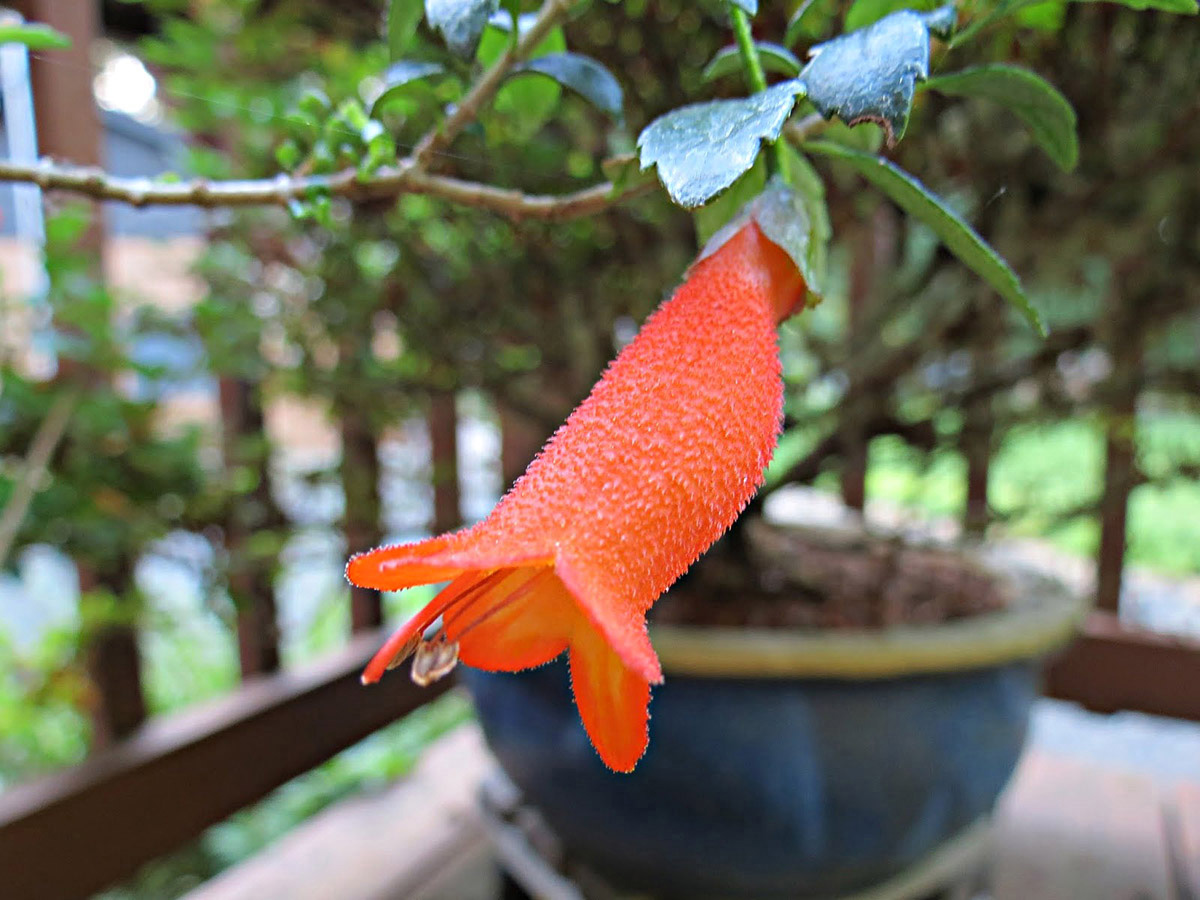
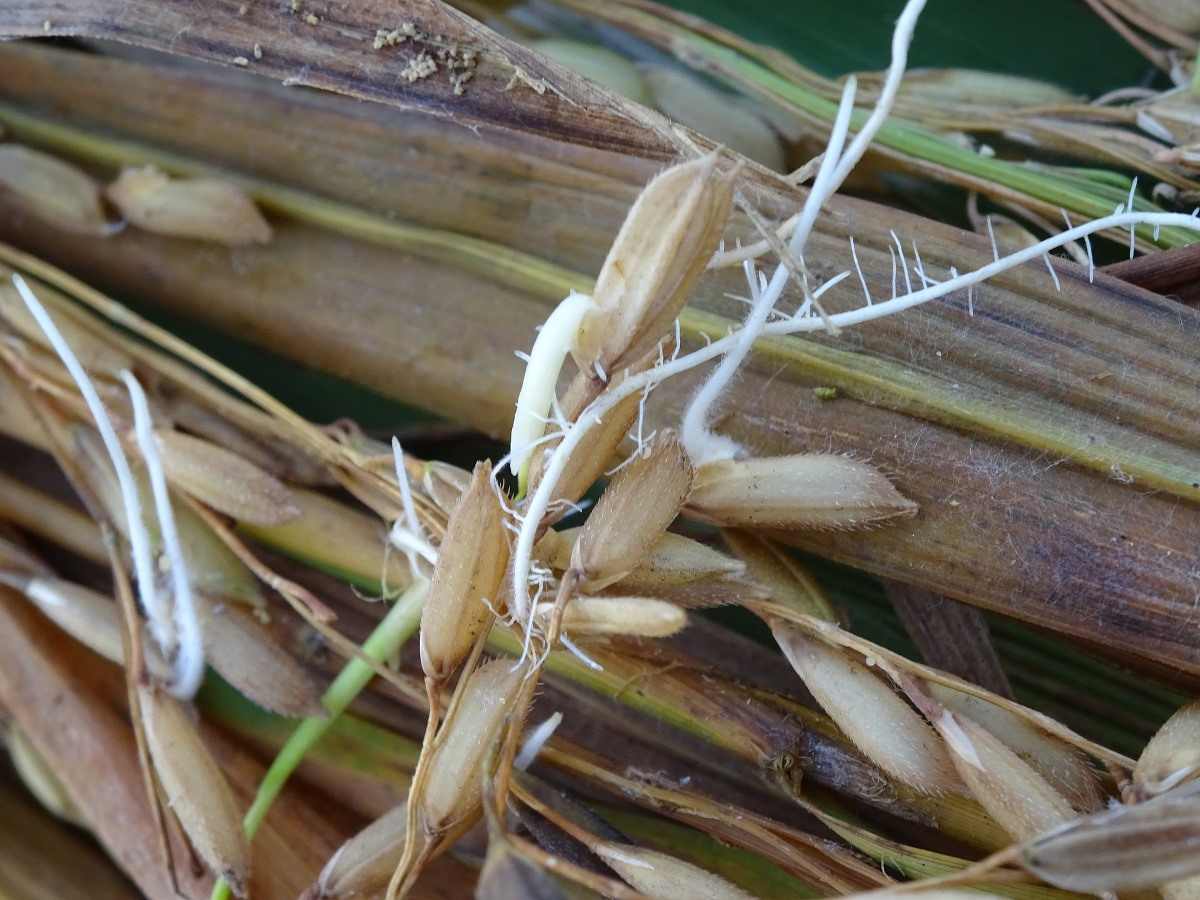
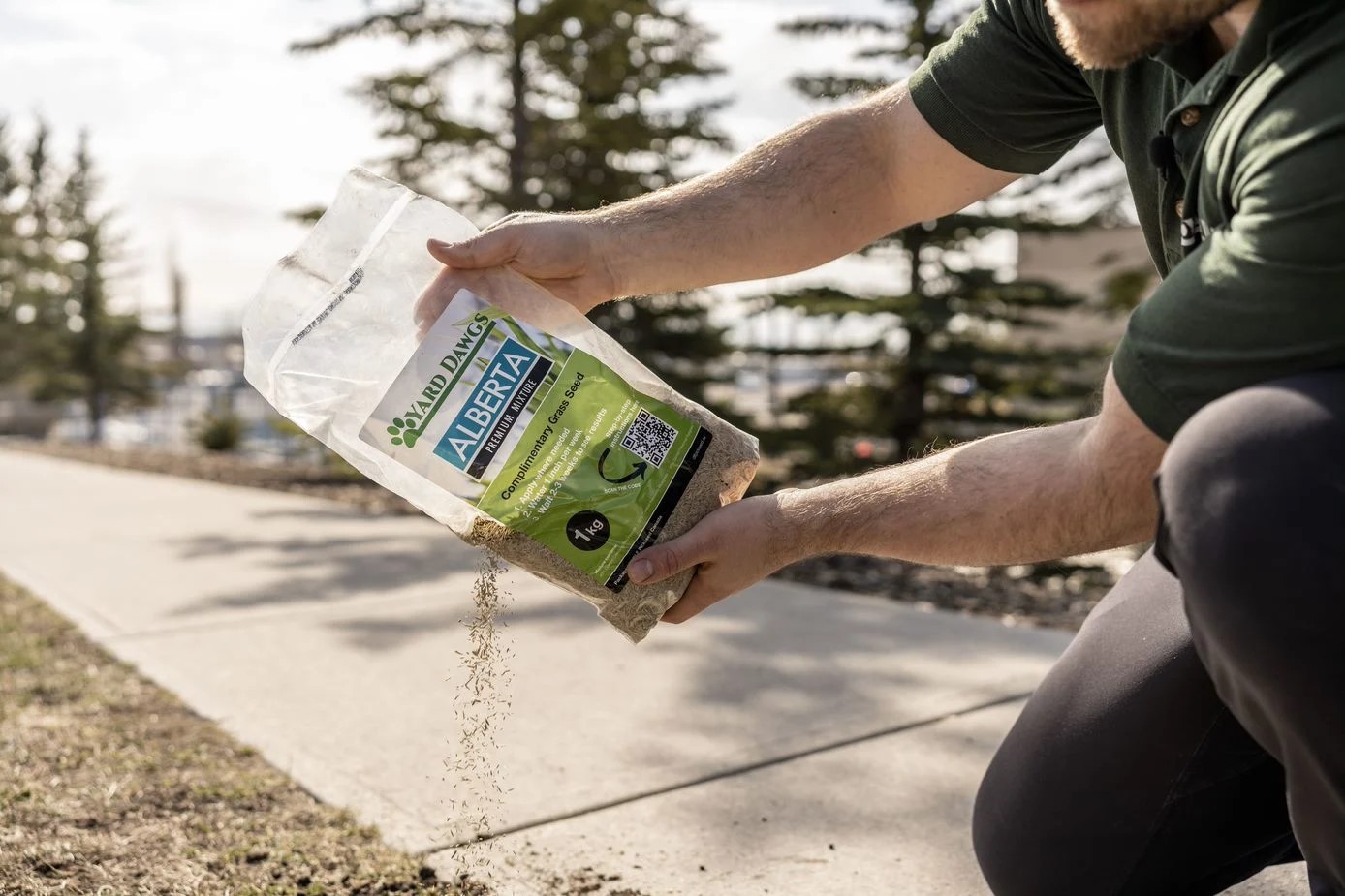
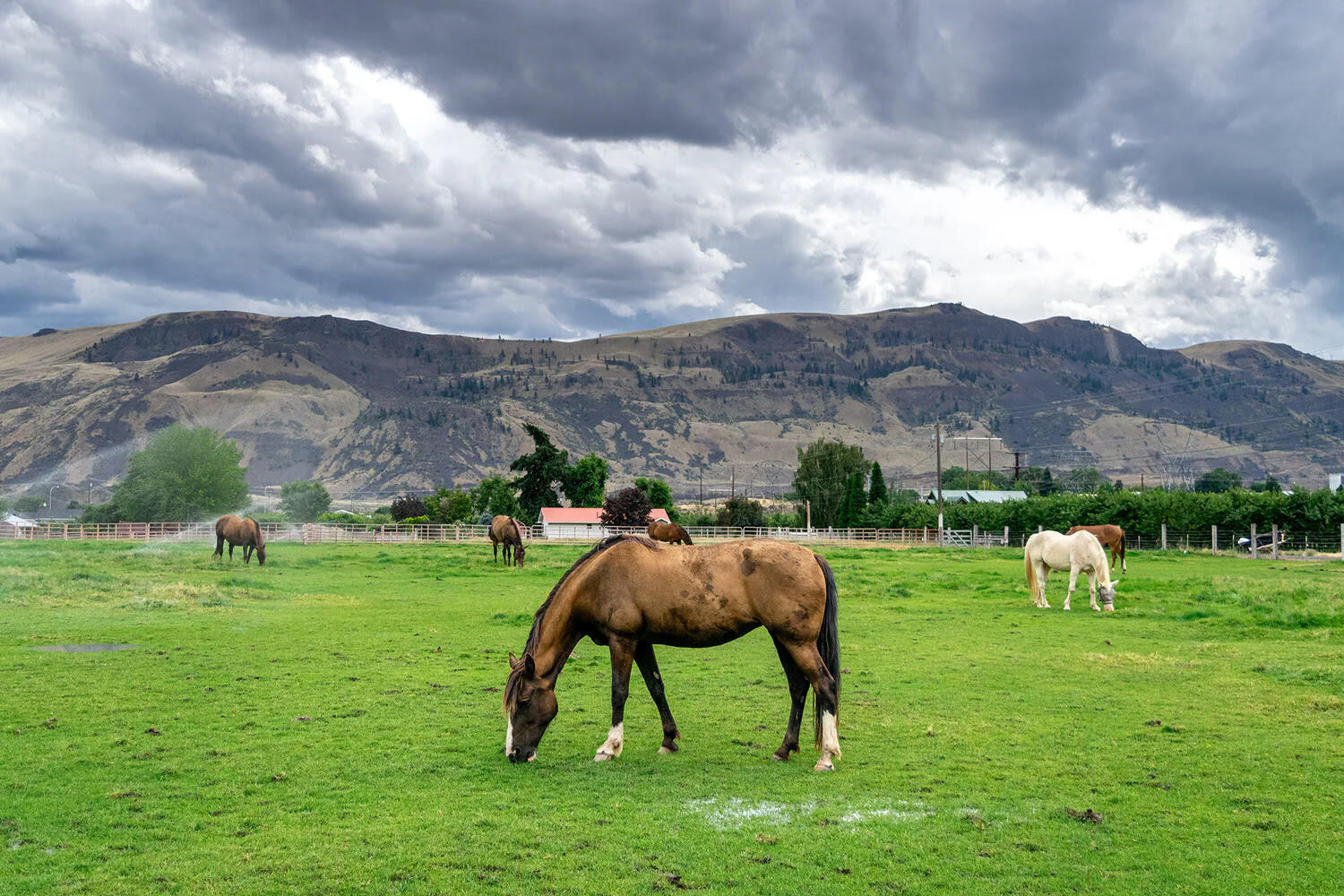
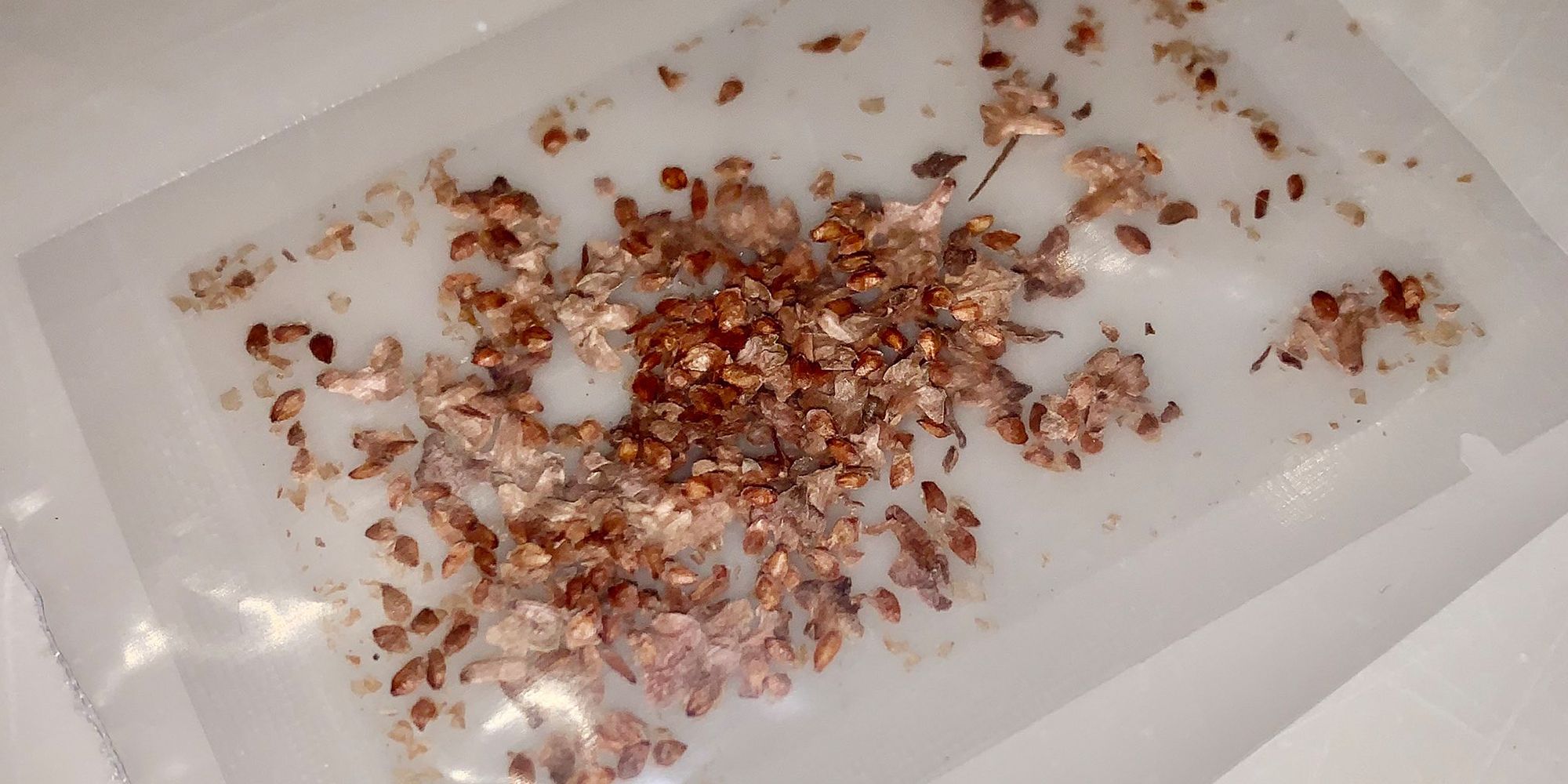
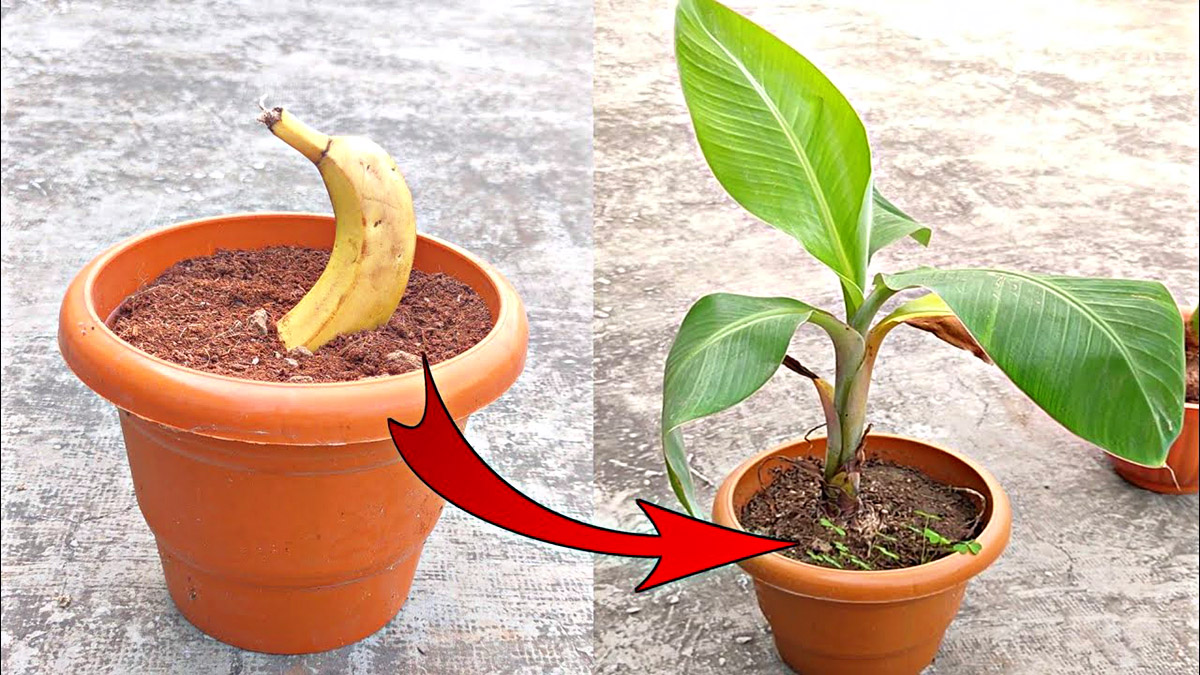
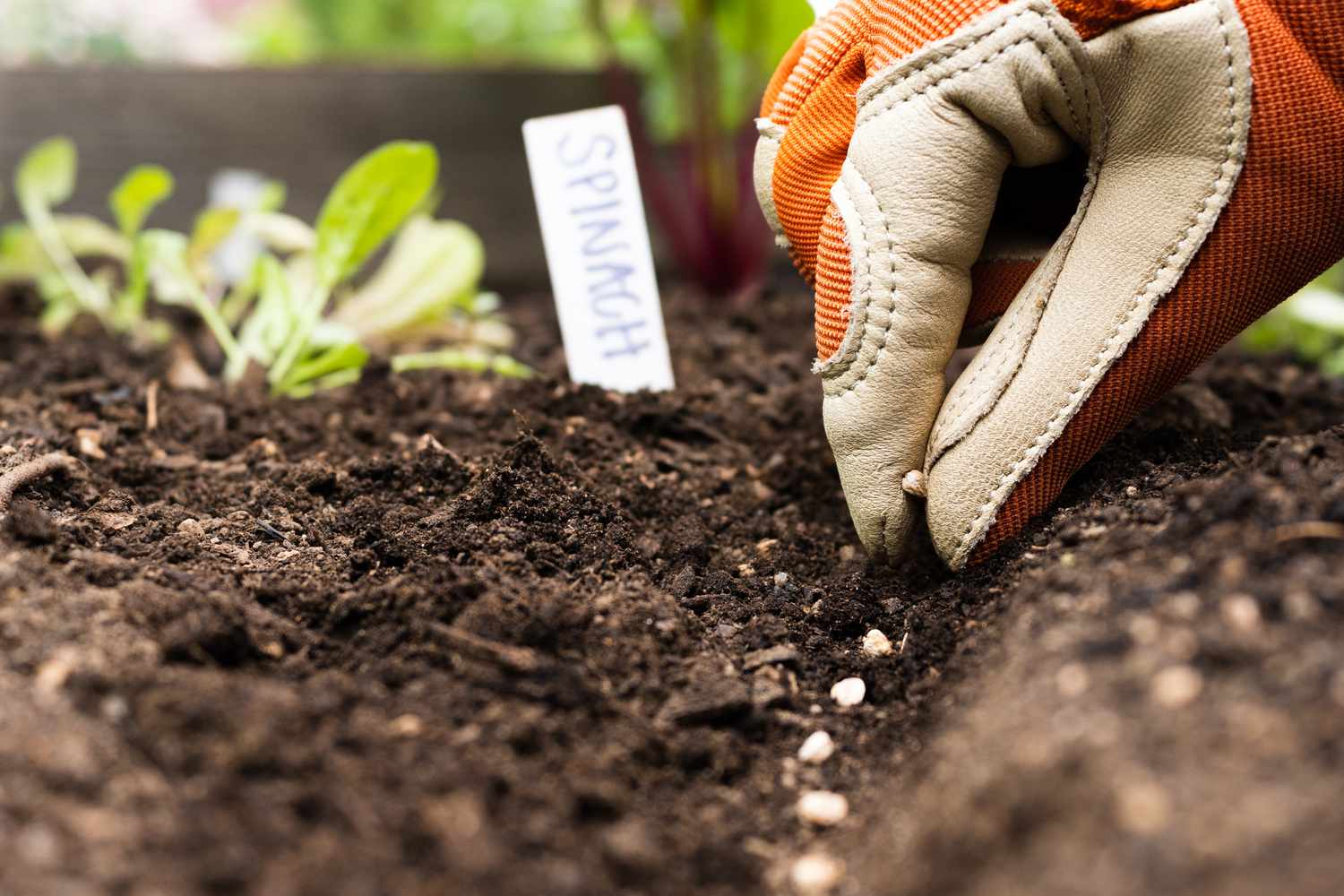
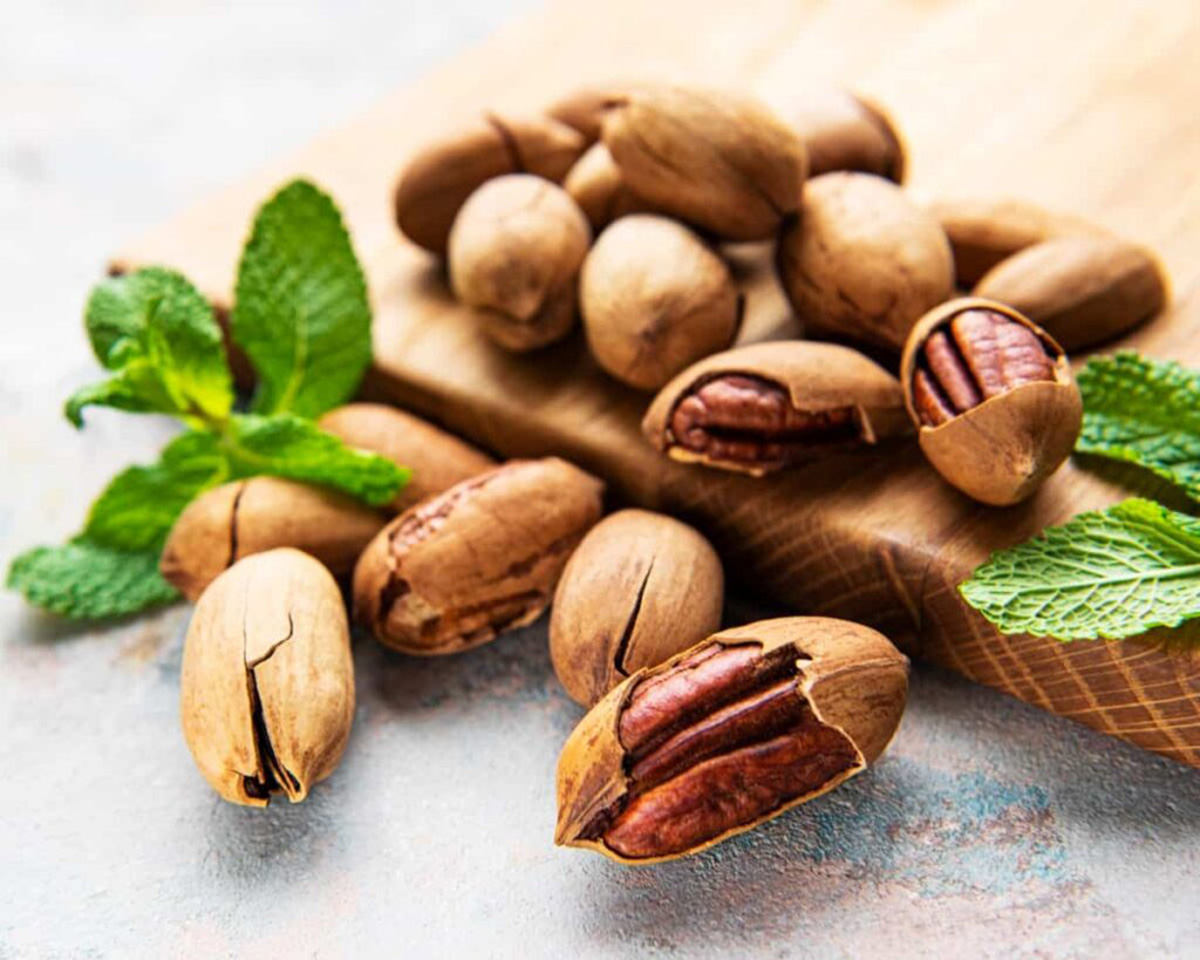
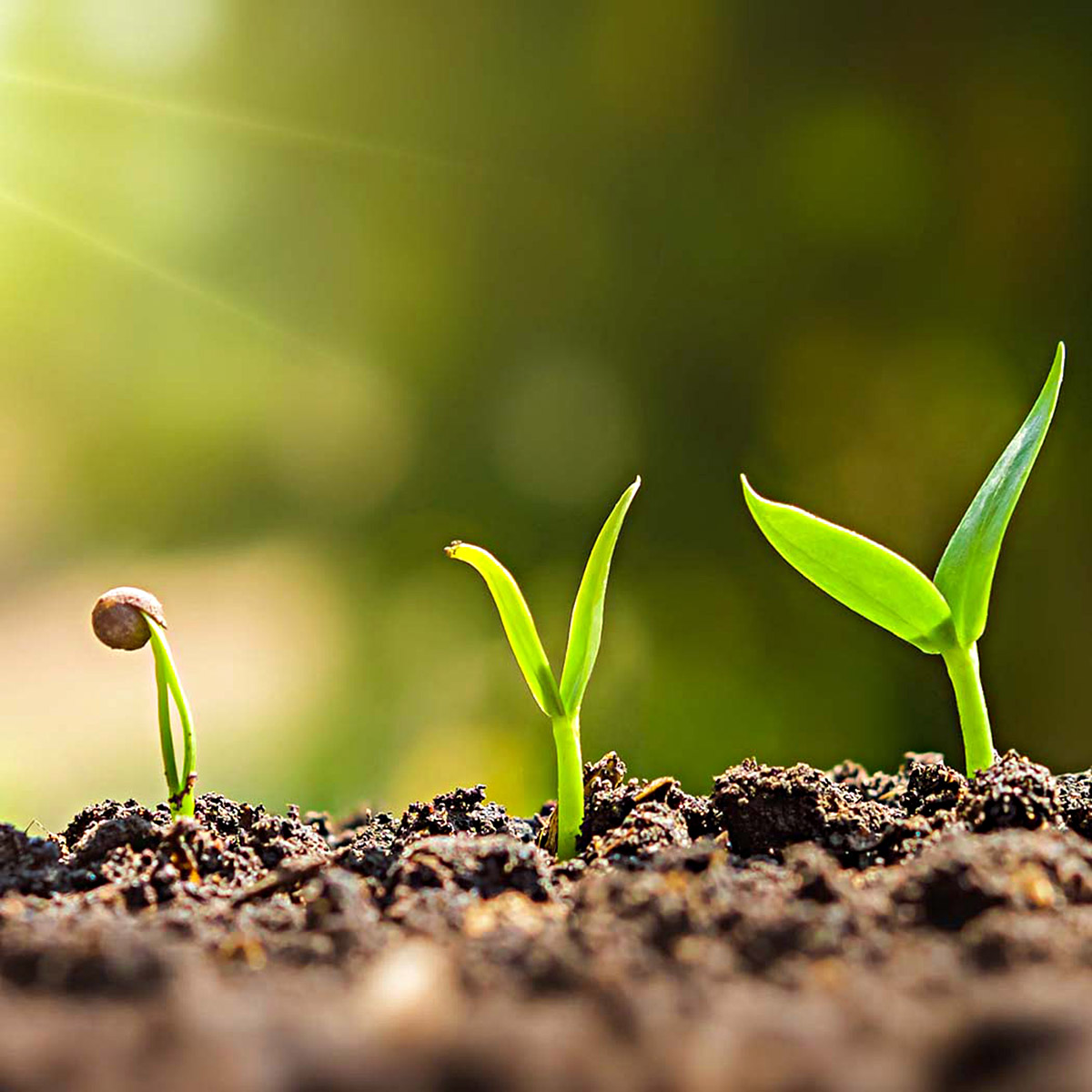
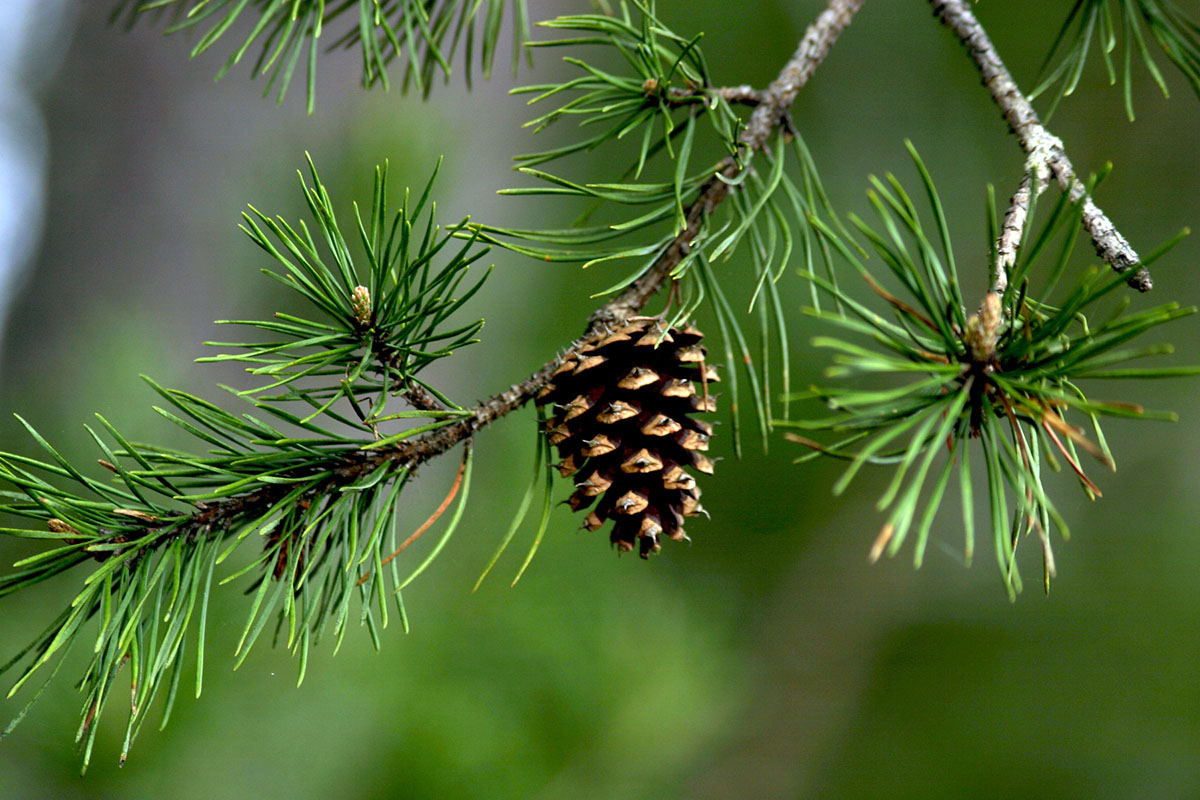
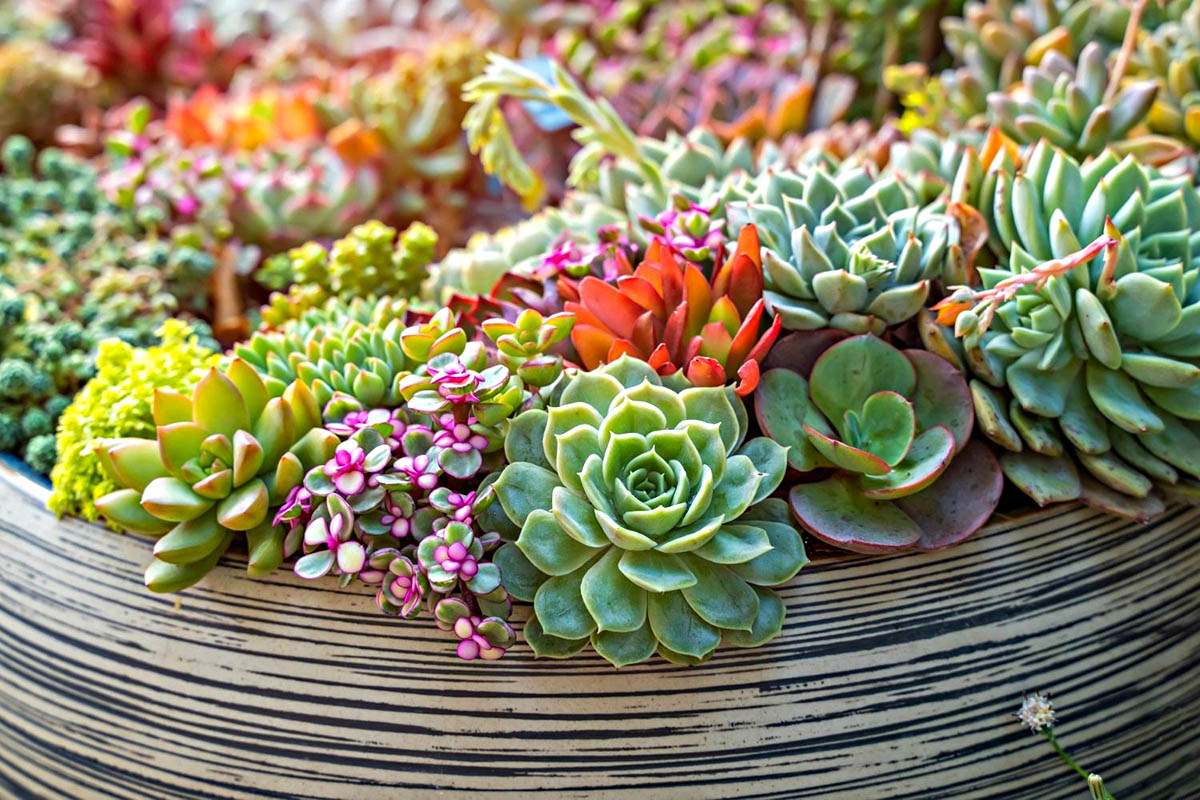

0 thoughts on “How Are Seeds Dispersed”